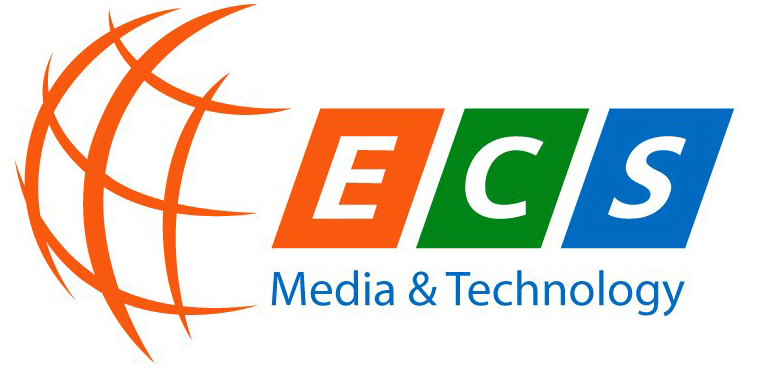Smart contracts
Smart contracts provide a secure environment, making the voting system less susceptible to manipulation. Votes using smart contracts would be ledger-protected, which is extremely difficult to decode. Smart contracts are code written into a blockchain that executes the actions two parties agree to outside the chain. By automating these actions, the need for an intermediary or trust between the parties is removed.
Does Bitcoin Have Smart Contracts?
Their goal is to follow best practices to ensure secure coding standards, including testing, code reviews, and formal smart contract verification techniques. Scalability and performance issues may arise if blockchain networks grow in size and usage. The limitations of blockchain networks can impact the speed and efficiency of smart contract execution, particularly in high-demand scenarios. The execution of a smart contract is final and cannot be reversed, as it’s stored on a decentralized and tamper-resistant blockchain.
One of the biggest problems with a traditional contract is the need for trusted individuals to follow through with the contract’s outcomes. Smart contracts were first proposed in 1994 by Nick Szabo, an American computer scientist who conceptualized a virtual currency called “Bit Gold” in 1998, 10 years before buy bitcoin cash with skrill Bitcoin was introduced. Szabo is often rumored to be the real Satoshi Nakamoto, the anonymous Bitcoin inventor, which he has denied. While blockchain technology has come to be thought of primarily as the foundation for Bitcoin, it has evolved far beyond underpinning a virtual currency.
Code vulnerabilities
Every blockchain charges “gas” fees to issue smart contracts that must be paid in the blockchain’s native token. Ethereum, for example, makes users pay for “gas” using ETH; similarly, Wanchain makes users pay for “gas” using WAN. The more complicated the contract, the higher the “gas” fees, Zhang said.
This blog provides an example of a bare-bones, “Hello World” smart contract written in Solidity. Smart contracts are the fundamental building blocks of Ethereum’s application layer. They are computer programs stored on the that follow “if this then that” logic, and are guaranteed to execute according to the rules defined by its code, which cannot be changed once created. Since contracts include terms that are not always understood, smart contracts are not always able to handle terms and conditions that are vague.
Smart Contracts
- “Hurdles come with implementing this new technology, including issues concerning programming language as well as companies and industries that may hold out on adopting it,” Platz said.
- Moreover, the absence of an intermediary in smart contracts results in cost savings.
- In comparison to a real-estate deal done through a traditional method, you will be able to save time and effort in completing the whole deal.
- One of the simplest uses is ensuring transactions between two parties occur, such as the purchase and delivery of goods.
Also, they help in trade clearing, where the funds are transferred once the amounts of trade settlements are calculated. All hospital receipts of patients can be stored on the blockchain and automatically shared with insurance companies as proof of service. Moreover, the ledger can be used for different activities, such as managing supplies, supervising drugs, and regulation compliance. Because there’s no third how to buy gala coin party involved, and because encrypted records of transactions are shared across participants, there’s no need to question whether information has been altered for personal benefit.
Adam Adler supplied that description and passed along the vending-machine analogy. “With both a vending machine and smart contracts, a specific input guarantees predetermined outputs,” said Adler, co-founder and head of creative at Myntr, a New York-based NFT and digital agency. The analogy and the term “smart contract” are both attributable to computer scientist Nick Szabo, Adler said. Smart contracts also present a few challenges, but the crypto community and individual protocols are actively working to address these drawbacks through continuous testing, security measures, and ongoing development efforts. As smart contract technology evolves, we can expect to see further innovation and adoption, shaping the future of decentralized and trustless transactions.
However, many smart contracts involve multiple independent parties that may or may not know one another and don’t necessarily trust one another. The smart contract defines exactly how users can interact with it, involving who can interact with the smart contract, at what times, and what inputs result in what outputs. As smart contracts are based on blockchain technology, they are decentralized and can’t be changed or tampered with once it’s deployed.
Given the relative newness of blockchains, smart contracts are remarkably stable, said Zhang of the Ethereum Enterprise Alliance. You may be wondering how Bitcoin NFTs and Ordinals use smart contracts. They don’t use smart contracts; instead, the files are inscribed directly onto individual satoshis, which are then included in blocks on the Bitcoin blockchain. Smart contracts can track and verify the movement of goods throughout the supply chain, ensuring transparency, traceability, and reducing fraud.
Traditional contracts are ambiguous because they rely on humans to interpret and implement them. For example, two judges might interpret a contract differently, which could lead to inconsistent decisions and unequal outcomes. Instead, smart contracts execute precisely based on the conditions written within the contract’s code. This precision means that what the heck is an ico given the same circumstances, the smart contract will produce the same result. A simple metaphor for a smart contract is a vending machine, which works somewhat similarly to a smart contract – specific inputs guarantee predetermined outputs. According to the concept of good faith, parties will deal fairly and not get benefits unethically from a contract.

